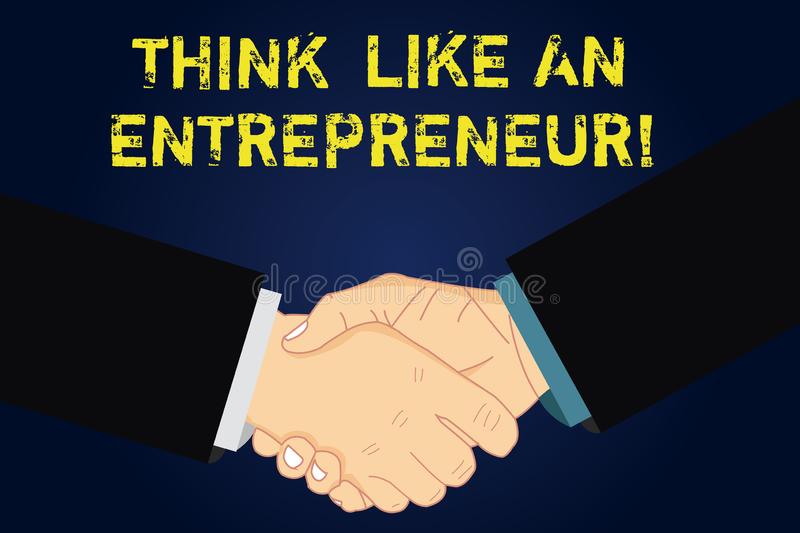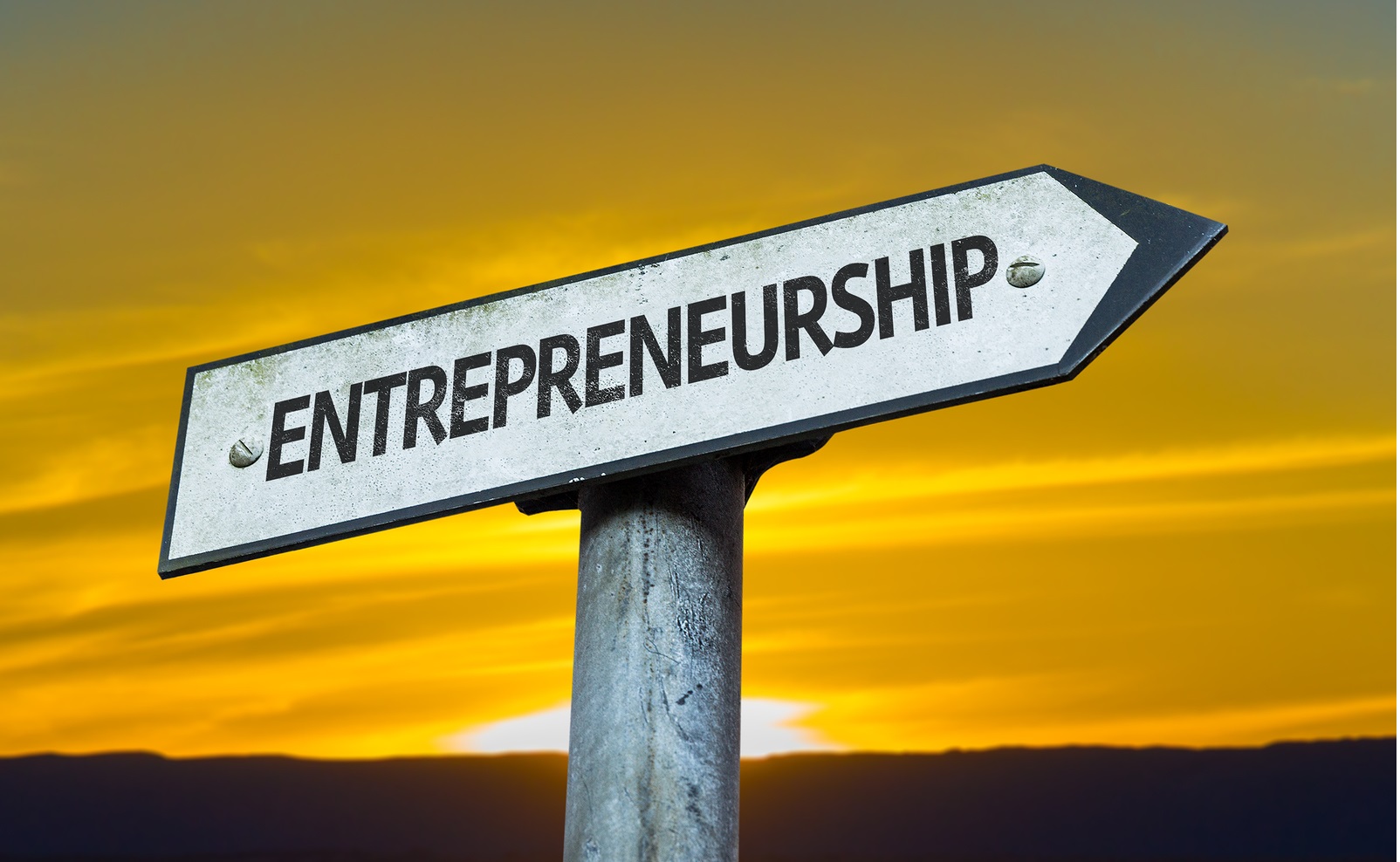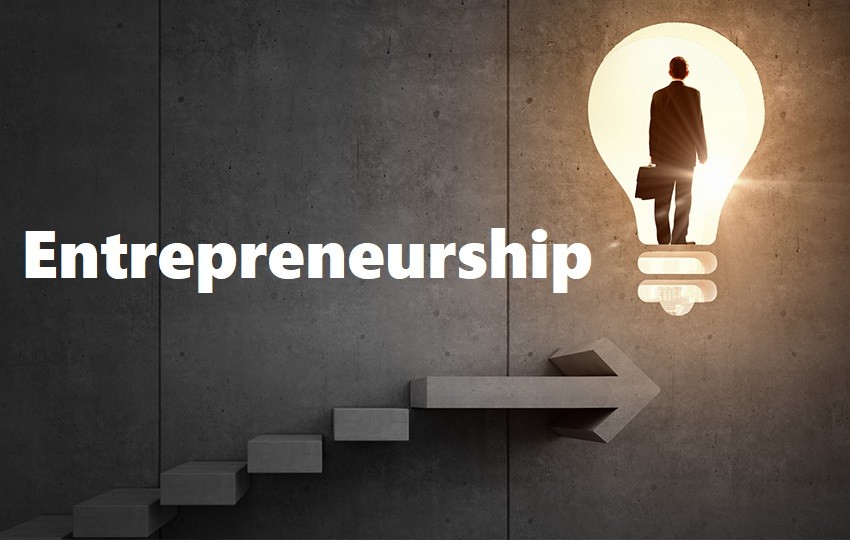When Should You Give Up On Your Startup Idea?
By Joe Procopio
It’s one of my least favorite emails to get.
The email came to me from an experienced serial founder. She had started several companies over her career. A couple of them took off quickly and she eventually exited. A few of them failed quickly and so she learned a few lessons and moved on to the next one.
The startup she was writing to me about now was one of those tricky ones in the middle.
Her latest company, now three years old, was born in the middle of the pandemic, like a million other startups that have come and gone since 2020. That fact alone has been weighing on her.
As the macro-economy continues to struggle to find a new normal, her navigational charts are off, so to speak, because she has no guiding data she can trust.

Add in a smattering of personal crises, professional disappointments and a whole lot of inflation and she feels like she’s at the end of her startup’s rope.
I’m not going to tell her whether or not she should shut down her startup. But what I did do is tell her what I’ve done. Because I’ve been there at least a dozen times.
When To Quit
Ugh. There’s no right answer here. Every founder situation is different and time has a way of forcing ebb and flow into a business, regardless of how brilliant the idea is or how well that idea is being executed.
Just as important, however, is the frustration tolerance of the founder themselves.
Some folks give up quickly and this founder has shown to do that in her past. It could be because she has a low frustration tolerance, but I doubt it, because she’s got a couple of successful exits in her portfolio and those don’t come without a shedload of frustration along the way.
It’s likely because she has a quick sense of when a failure starts to look like a failure. On the other end of that spectrum, some folks – and this is probably me – tend to never let go of an idea until the last ember of the dumpster fire has burned itself out. Like in Inception. I’d be so susceptible to someone planting an idea in my dreams.
Anyway, even though she and I operate differently, we have both found ourselves at a similar sticky point in the life of our startup, when nothing seems to be moving. So if this was me, here’s what I’d tell myself.
Stop thinking about the existence of the startup idea in such a binary fashion. There are really only two binary factors a founder has to consider for a love-it-or-leave it type decision.
Money. Money can’t be coaxed, convinced, asked for forgiveness or negotiated with. A zero is a zero. And when I hit zero, my hand is forced. But until I hit zero, the question is one of degrees of risk, pain and frustration.
People. As a leader, I’m first-and-foremost responsible for my team, even more so than any investors, partners or even customers. If I believe I’m putting my team members at an unacceptable risk, financially or mentally, then shutting down is a decision to consider, but by no means a simple way out.
To a lesser extent, the same rule holds true for my investors and customers. I don’t want to pull the rug out from under them, something we’ve seen literally happen across dozens of crypto and NFT projects.
So I ask myself, have I hit either of those binary points? Do I feel like the odds are against my being able to pull up before the money goes to zero and I burn a bunch of people who put their faith in me?
That’s when I’ll decide to shut down. Now, I’ve only done it twice. The first time I had all the runway I wanted, and I was able to make sure my team and my customers were made whole (I had no investors).
The second time was when a big customer I was counting on fell through and I had to decide how deeply I wanted to dig myself into a hole before I could start digging back out.
When To Pivot
Beyond those binary moments, if I look back over my entrepreneurial career, it’s been one long series of pivots: Pivots off of ideas, pivots off of markets, pivots off of failures, even pivots off of successes.
Pivoting off of ideas and markets are easy to get your head around, especially when the business is still making money, just not growing. I change one small thing at a time – what my product does, who I’m advertising to, what messaging I’m using – and depending on the success or failure of that small change, I start to build a thesis for a bigger change. I end up with a wholly different product, market and/or positioning.
Pivoting off of failure was something I learned from the first shut-down I mentioned earlier, which was Intrepid Media – a social network for writers and one of the first social networks ever, founded in 1999.
Intrepid wasn’t really even a failure, based on how long it ran and how much revenue and profit it generated. It never went to zero. But the idea had run its course and by that time I was too late to be Facebook and too early to be Medium.
I shut it down, pivoted, took the code, re-purposed it into ExitEvent – almost the same concept but a different product, market and position – and sold it three years later. For the record, I’m pivoting that concept again for Teaching Startup.
Pivoting off of success happened to me with Automated Insights, one of the first Natural Language Generation/Generative AI platforms founded in 2010.
This was a sports data mining company I had joined to pivot to NLG and after our first fundraise and some pretty decent success generating content for Yahoo Fantasy Football, we pivoted and decided to base our next funding round on generating content for any industry.
We were essentially abandoning our relationships in sports to do this and it was scary, but it worked and we were acquired by a private equity firm four years later.
When To Stay the Course
Would you believe that most founders in this situation choose this path, and it works a good deal of the time?
Like I said, time has a way of creating ebb and flow and founders have a way of executing small, almost imperceptible changes to the business model and the growth plan that can create traction much like a pivot that isn’t formally declared a pivot.
But it usually only works when the levers to pull have already been installed.
This is something I’ve learned over the last few years at Spiffy – mobile vehicle maintenance where I’m Chief Product Officer.
Our CEO has a knack for building systems and methods into operations, sales and marketing that allow us to shift our focus on the fly. If one product line is showing weakness, we throw all our energy at another until it rebounds.
Speaking of ebb and flow, one of the primary lessons I took from the pandemic is that in 2020, time immediately and artificially became much more valuable than money. People started throwing money at products and services that could fill their time, i.e. streaming, eLearning and home-based products like Pelotons.
In 2023, money has rebounded in a big way and is now much more valuable than time. As everything gets more expensive, the consumer is cutting back and doing more with less.
A lot of consumer-based industries – personal entertainment, personal education, personal health, went incredibly soft overnight and all the companies in that space were forced to cut back in difficult ways. But for how long? And will they survive?
That’s never a great position to be in, but it happens in the life of every startup. You go overweight in times of opportunity and underweight in times of softness.
If I can manage that and still sleep at night, I’ll stay the course or pivot until the decision becomes binary. And I’ll know I’ve done everything I could to keep the idea alive.
Source: entrepreneur.com




